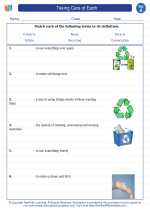Taking Care of Earth -> landforms
Landforms
Landforms are natural features of the Earth's surface. They are created by various processes such as erosion, weathering, and tectonic activities. Landforms can be found on the continents, the ocean floor, and even on other planets.
Types of Landforms
There are many different types of landforms, and they can be categorized based on their physical characteristics. Some common landforms include:
How Landforms are Formed
Landforms can be formed through a variety of processes. Mountains, for example, are often formed by the movement of tectonic plates, while valleys can be created by the erosion of rivers and glaciers. Plateaus are formed by volcanic activity, and deserts are often the result of a lack of rainfall in a particular area.
Study Guide
Here are some key points to remember about landforms:
- What are landforms?
- Types of landforms
- How landforms are formed
It's important to understand the different types of landforms and the processes that lead to their formation. Students can also benefit from studying maps and globes to identify various landforms around the world.
Understanding landforms is important for understanding the Earth's surface and the processes that shape it. It also helps us appreciate the beauty and diversity of our planet.
[Landforms] Related Worksheets and Study Guides:
.◂Science Worksheets and Study Guides First Grade. Taking Care of Earth

 Worksheet/Answer key
Worksheet/Answer key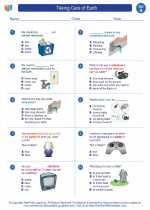
 Worksheet/Answer key
Worksheet/Answer key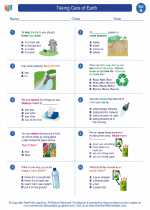
 Worksheet/Answer key
Worksheet/Answer key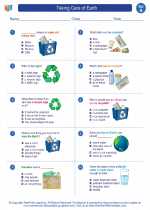
 Vocabulary/Answer key
Vocabulary/Answer key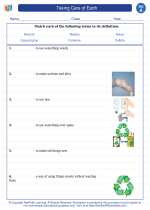
 Vocabulary/Answer key
Vocabulary/Answer key